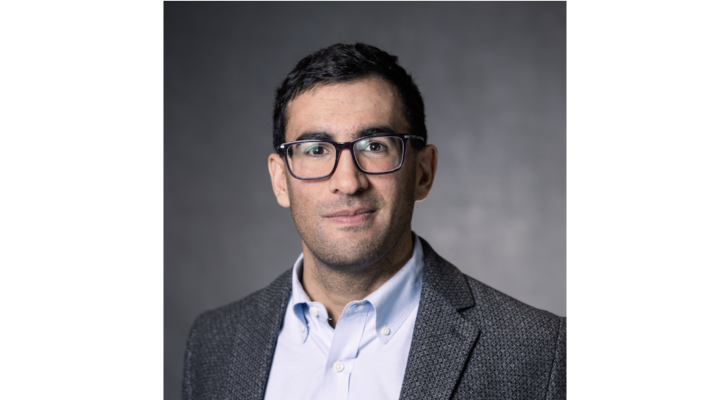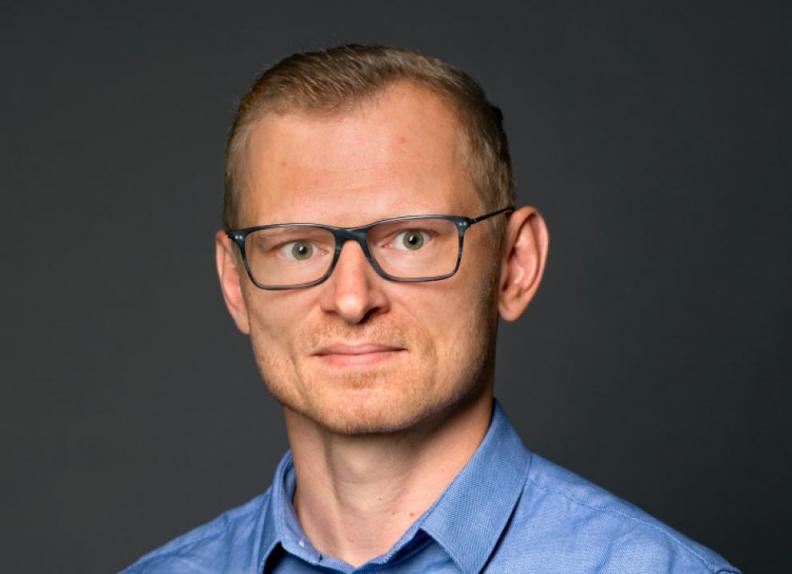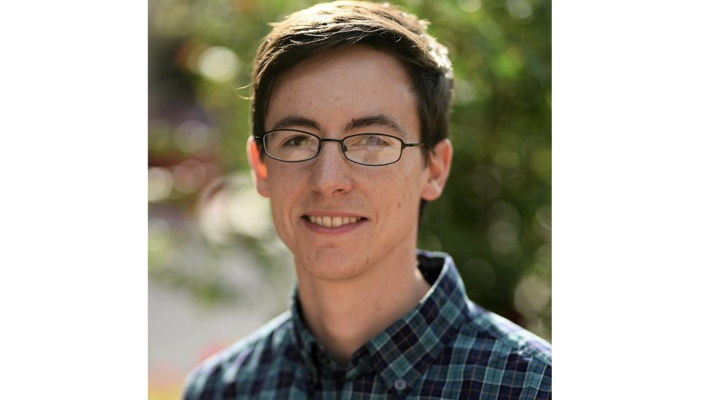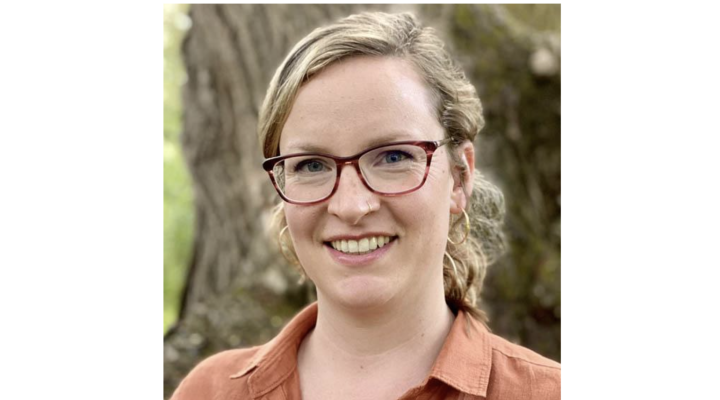Andrej Singer has joined the faculty of the Department of Materials Science and Engineering (MSE) at Cornell as an assistant professor after completing a post-doc at the University of California—San Diego (UCSD). Singer uses x-ray characterization to better understand nanoscale structure and its dynamics in complex materials. He then aims to use what he learns about mesoscale phenomena to improve material functionality.
Singer, who earned his undergraduate degrees in physics and math at the University of Muenster in Germany, found himself drawn to mathematics before he even started secondary school. “I was always good at math,” says Singer. “By the time I was in high school I started to see the beauty of mathematical theorems and proofs.” Singer received his Master’s degree in physics from Muenster and then moved to the University of Hamburg for his doctoral studies in physics.
Singer gives partial credit for his decision to pursue physics (rather than mathematics) to a particular officer in the German army. “When I did my mandatory military service I had lots of time to read,” says Singer. “I read multiple books by Stephen Hawking and it gave me a big push toward physics. One of my commanding officers gave me support and encouragement. He said ‘just mention me when you discover something important.’”
At Hamburg, Singer studied in the lab of Prof. Edgar Weckert and Prof. Ivan Vartanyants. He specialized in the properties of new x-ray sources. He was especially interested in their ability to generate interference patterns, similar to lasers in optics. In 2012 Singer took a postdoctoral research position in the lab of Prof. Oleg Shpyrko at UCSD. While there he applied coherent x-ray scattering techniques to study materials.
Now that he is at Cornell, Singer is excited to expand his work applying x-rays to a wide range of materials. “Cornell is one of the top engineering schools in the world,” says Singer. “The students here are exceptional and the research infrastructure on campus is unique worldwide. Access to the CHESS facility is a big selling point. My research interests align well with the philosophy of our department: apply a ‘break the rules’ attitude to help solve some of the world’s most pressing problems.”
CHESS is the Cornell High Energy Synchrotron Source and it is a high-intensity, high-energy X-ray light source that provides synchrotron radiation for multidisciplinary scientific research.
Singer has three active research projects underway.
The first uses state-of-the-art x-ray scattering and imaging techniques in situ to see just what is happening inside real devices, for example batteries, as we charge and discharge them. Until scientists better understand the mechanisms at work, it will be difficult to create electrode materials with advanced functionality.
In Singer’s second area of focus, he uses the recently developed x-ray free-electron lasers to study ultrafast processes in strongly correlated electron systems. He seeks to drive the systems out of equilibrium and explore new phases of matter, which have the potential for technological applications.
The third research project underway in Singer’s lab uses coherent x-ray imaging and ptychography to study the self-assembly processes underpinning the formation of biological photonic crystals in various species. The process is interesting in its own right, but could also have applications in metamaterial research.
When Singer isn’t trying to deepen our understanding of nanoscale structure, he can sometimes be found 45 feet up on Cornell’s indoor climbing wall, playing soccer with his two boys, or camping with his family.





